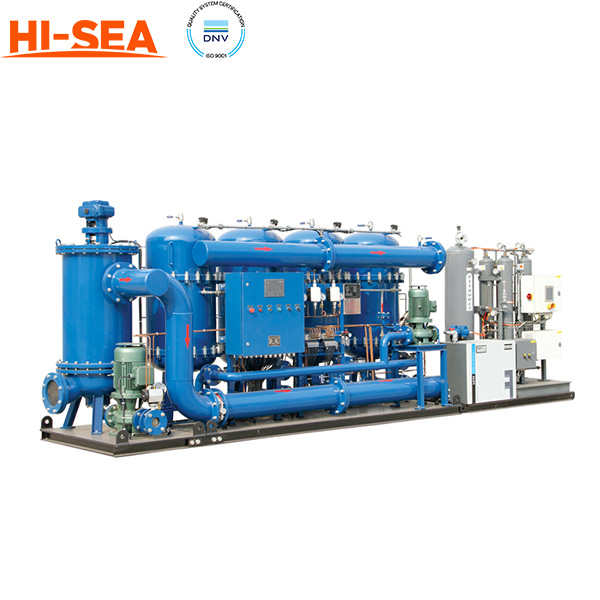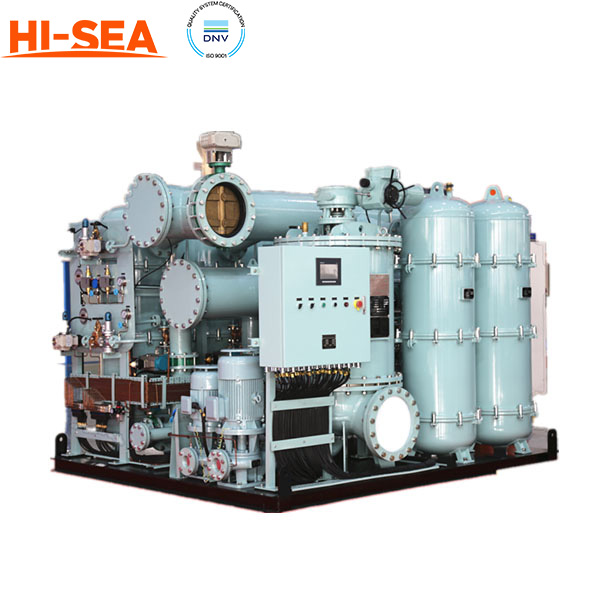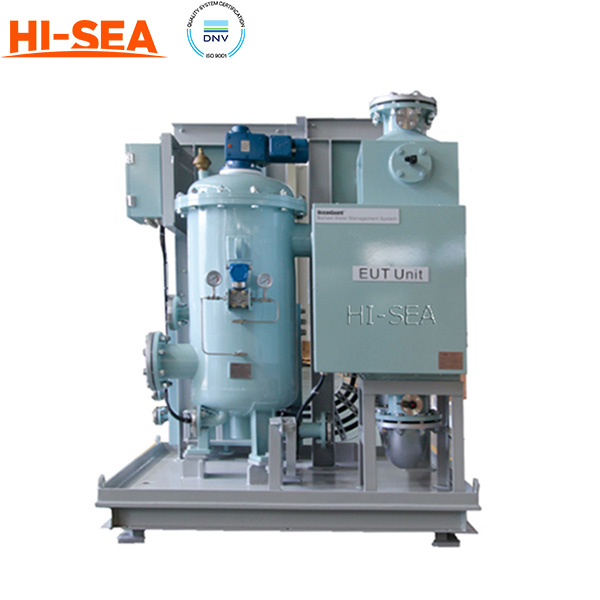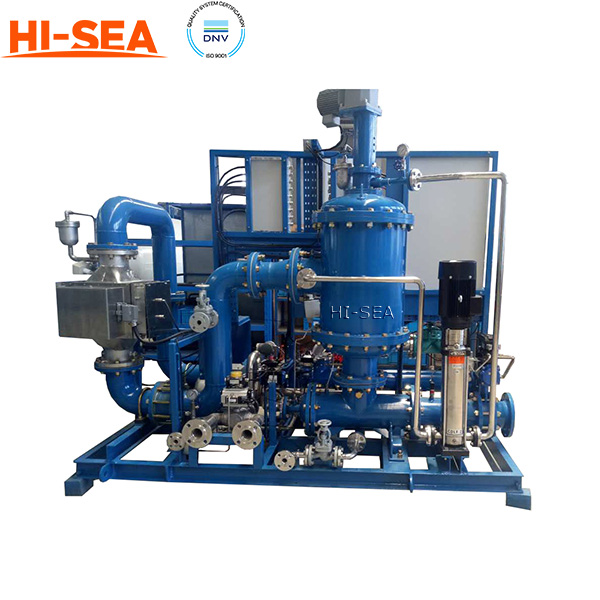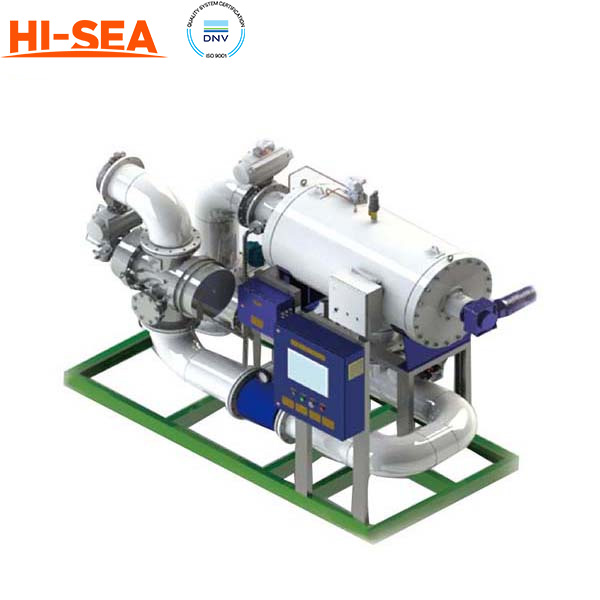MARINE & OFFSHORE EQUIPMENT
- Dredging Equipment
- Marine Deck Machinery
-
Marine Mooring Equipment
-
Marine Anchor
- AC-14 HHP Anchor
- Admiralty Anchor
- Beldt Stockless Anchor
- Bruce Anchor
- Spek Anchor
- Danforth HHP Anchor
- Delta High Holding Power Anchor
- GB11579-89 Light Weight Anchor
- Hall Anchor
- High Holding Power Mastrosov Anchor
- Hot Dip Galvanized Anchor
- Japan Stock Anchor
- JIS Stockless Anchor
- Pool Anchor
- Single Fluke Anchor
- Stainless Steel Anchor
- Stevpris MK5 Anchor
- Stingray Anchor
- US Navy Stockless Anchor
-
Marine Anchor Chain
-
Marine Shackle
- Kenter Shackle
- D Type Joining Shackle
- Pear Shaped Shackle
- Anchor Swivel Shackle Type A
- Anchor Swivel Shackle Type B
- Buoy Shackle Type A
- Buoy Shackle Type B
- C Type Detachable Connecting Link
- D Shackle
- Forelock Shackle
- Anchor Chain Swivel Group
- Straight Shackle
- Anchor Shackle
- Marine Triangle Plate
- Anchor Chain Swivel
- Anchor Chain Joining Shackle
- Anchor Chain End Shackle
- Slim Kenter Shackle
-
Chain Chaser
-
Marine Bollard
-
Marine Chock
-
Marine Fairlead
-
Marine Chain Stopper
-
Marine Mooring Reel
-
Marine Towing Bracket
-
Mooring Rope
-
Marine Towing Hook
-
Marine Shark Jaw
- Marine Fender
-
Marine Buoy
- Marine Floating Pontoon Dock
-
Marine Anchor
- Aquaculture Equipment
- Marine Outfitting Equipment
- Marine Propulsion System
-
Marine Painting
-
Marine Auxiliary Machinery
- Marine Air Compressor
- Marine Air Receiver
- Marine Sewage Treatment Plant
-
Marine Diesel Generator Set
- Marine Oil Water Separator
- Ballast Water Management System
- Marine Hydrophore
- Marine Calorifier
- Seawater Desalination Plant
-
Marine Oil Separator
- Marine Fuel Oil Supply Unit
- Marine Heat Exchanger
-
Marine Hot Well Unit
-
Marine Incinerator
-
Marine Boiler
-
Marine Valve
- JIS Marine Valve
- DIN Marine Valve
- ANSI Marine Valve
- GB Marine Valve
- CB Marine Valve
- CBM Marine Valve
-
Marine Gate Valve
-
Marine Globe Valve
-
Marine Angle Globe Valve
-
Marine SDNR Valve
-
Marine Angle SDNR Valve
-
Marine Check Valve
-
Marine Storm Valve
-
Marine Butterfly Valve
-
Marine Quick Closing Valve
-
Marine Fire Valve
-
Marine Self Closing Valve
- Marine Valve Accessories
-
Marine Pump
- Marine Centrifugal Pump
- Marine Screw Pump
-
Marine Gear Pump
-
Marine Vortex Pump
-
Marine Ejector Pump
-
Marine Diaphragm Pump
-
Marine Piston Pump
-
Marine Fire Pump
-
Marine Emergency Fire Pump
-
Marine External Fire Pump
-
Marine Ballast Water Pump
-
Marine Fuel Pump
-
Marine Lubricating Oil Pump
-
Marine Bilge Pump
-
Marine Sewage Pump
-
Marine Domestic Water Pump
-
Marine General Pump
-
Marine Cargo Oil Pump
-
Marine Hand Pump
- Marine Pump Parts
- Marine Life-saving Equipment
- Fire-fighting Equipment
- Marine Cable
- Marine Electrical Equipment
- Marine HVAC
-
Labour Protection Appliance
- Marine Decorative Material
-
Marine Anode
- Marine Pipe Fitting & Flange
- Marine Instrument
- Ship Building Equipment
INDUSTRY EQUIPMENT
- Hoisting Equipment
- Welding Machine & Material
-
Cutting Machine
- Container Securing Fitting
- Link Chain
- Container & Storage Equipment
-
Diesel Generator Set
- Other Equipment and Tools
- Petrochemical Equipment
- Fiber Reinforced Plastics
- Polymer Materials
- Environmental Protection Series
- Geo-products and Building Materials
- Metal Mesh
- Steel Grating
-
Earthwork Teeth
-
Turnbuckle
STOCK LIST
Contacts
 Tel:+86-23-67956606
Tel:+86-23-67956606
 FAX:+86-23-67956622
FAX:+86-23-67956622
 Email:manager@cqhisea.com
Email:manager@cqhisea.com
Working Time: 9:00--17:00
Working Day: Monday to Friday Website: www.cqhisea.com

Ballast Water Treatment Plant
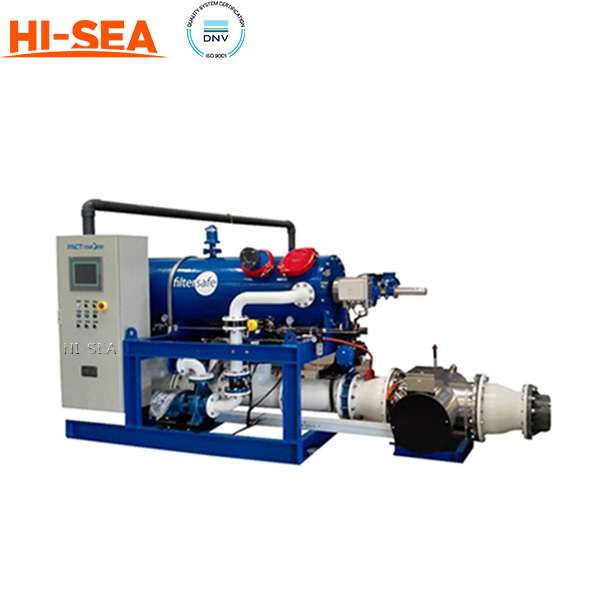
Ballast Water Treatment Plant
1. Ballast Water Treatment Plant Convention
The Ballast Water Management System (BWMS) Convention entered into force on 8 September 2017.
A key international measure for environmental protection that aims to stop the spread of potentially invasive aquatic species in ships’ ballast water enters into force today (8 September 2017).
The International Convention for the Control and Management of Ships' Ballast Water and Sediments (BWM Convention) requires ships to manage their ballast water to remove, render harmless, or avoid the uptake or discharge of aquatic organisms and pathogens within ballast water and sediments.
The BWM Convention was adopted in 2004 by the International Maritime Organization (IMO), the United Nations specialized agency with responsibility for developing global standards for ship safety and security and for the protection of the marine environment and the atmosphere from any harmful impacts of shipping.
“This is a landmark step towards halting the spread of invasive aquatic species, which can cause havoc for local ecosystems, affect biodiversity and lead to substantial economic loss,” said IMO Secretary-General Kitack Lim.
“The requirements which enter into force today mean that we are now addressing what has been recognized as one of the greatest threats to the ecological and the economic well-being of the planet. Invasive species are causing enormous damage to biodiversity and the valuable natural riches of the earth upon which we depend. Invasive species also cause direct and indirect health effects and the damage to the environment is often irreversible,” he said.
He added, “The entry into force of the Ballast Water Management Convention will not only minimize the risk of invasions by alien species via ballast water, it will also provide a global level playing field for international shipping, providing clear and robust standards for the management of ballast water on ships.”
2. Description of Ballast Water Treatment Plant
Being a relatively more mature disinfection technology, compared to other disinfection technologies, ultraviolet disinfection does not produce active substances, does not pose an occupational hazard to crew, more economical and environmentally friendly. Hi-sea unique UV design philosophy enables the following: under Economy Mode, the BWMS adjusts the UV intensity according to incoming water quality; while under Performance Model, the BWMS utilizes an increased UV intensity at a user prescribed setting. Hi-sea MPUV Reactor in Economy Mode, compared to ordiary UV reactors, is lower in OPEX; while in Performance Mode, it is able to meet more stringent discharge requirements due to its considerable design allowance, without need for further system upgrade or modification, enabling flexible operation in different legislative regimes worldwide.
(1) Stable, reliable & highly adaptable performance, not affencted by temperature,pH, salinity;
(2) Equipped with temperature monitoring, BWMS alarms and aborts during abnormal operation, protecting system and vessel;
(3) Equipped with scale removal sleeve cleaning mechanism;
(4) Chemical-free operation, safe for crew and vessel.
3. Ballast Water Treatment Plant Advantages
(1) compared to chemical technology
More safe, no chemicals, no exposure, explosive and corrosion risk; more easy for structure, operation, maintenance ; don’t cause second pollution.
(2) compared to other UV technology
Unique design concept makes it fit for existing ships or new-builders; simple structure and minimum space required; many ship owners intend to select “simple” System for their ships; Sufficient and flexible UV dosage allow to meet more stringent standards without considering up]date system in later stage.
4. Process Principle of Ballast Water Treatment Plant
During Ballasting, the incoming feed water enters through the ballast pump into the filter unit, removing most of the aquatic organisms and solids, ensuring that the UV unit after the filter can operate normally. Over time, a filter cake develops on the fine filter surface due to the accumulation of retained solids on the surface of the fine filter, causing a pressure differential to develop across the filter element. When the differential pressure reaches the set value (typically 0.5bar), the self-cleaning mode triggers automatically and discharges the backwash mud into the local aquatic environment; after filtration, the filtered water enters the medium pressure UV reactor, upon being exposed to UV-C wavelength radiation, most of the plankton, bacteria, viruses, oocysts, ova of aquatic organisms, larva etc would be eradicated, and the treated water then distributed into various ballast tanks.
During deballasting, water from the various ballast tanks pass through the ships piping network, flows into the ballast pump and into the BWMS. This time, the filter unit is bypassed, and the water directly enters the MPUV reactor for a second round of disinfection, to prevent tank secondary contamination and dark repair regrowth, before discharge.
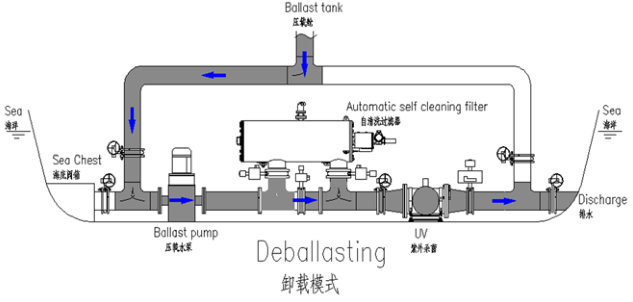
5. Ballast Water Management Several Class Certificates Supply:
ABS, BV, DNV.GL, KR, RINA, NK, USCG and CCS class certificates.
.jpg)


